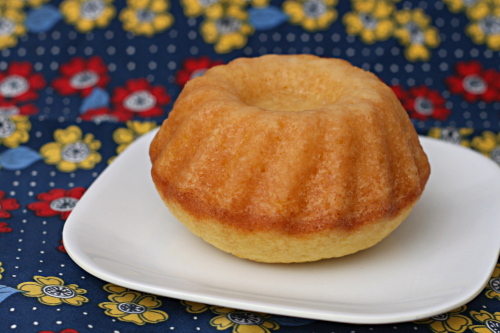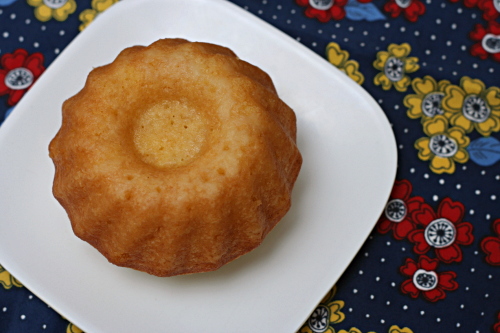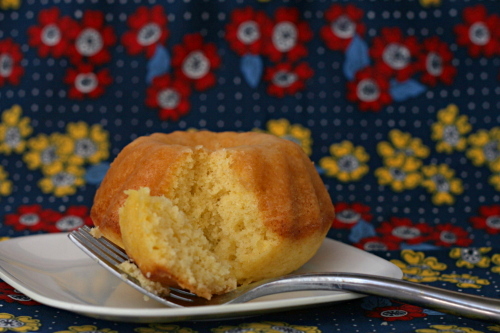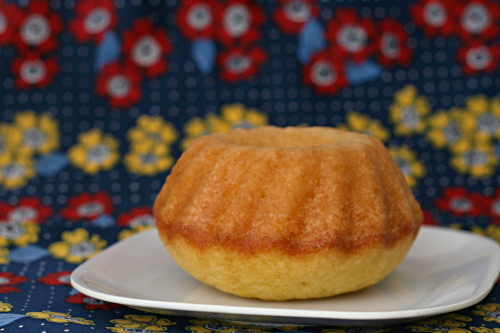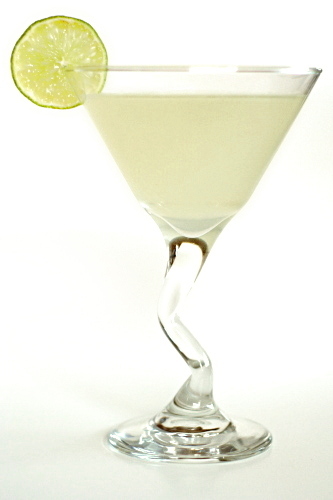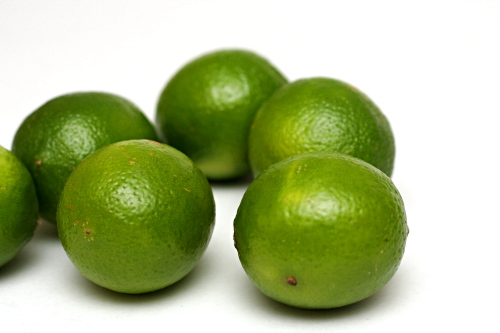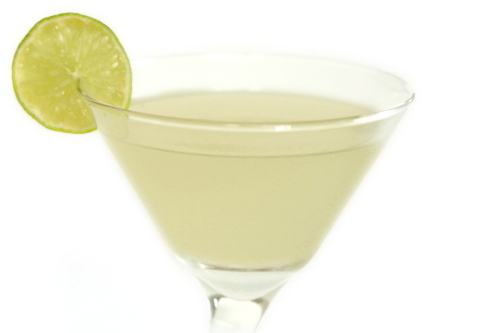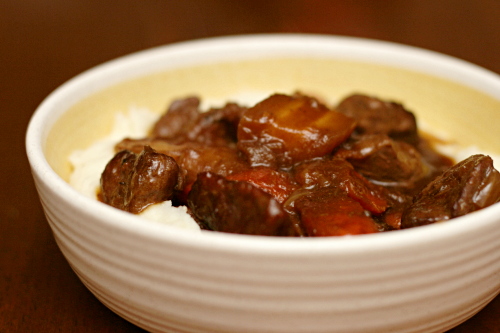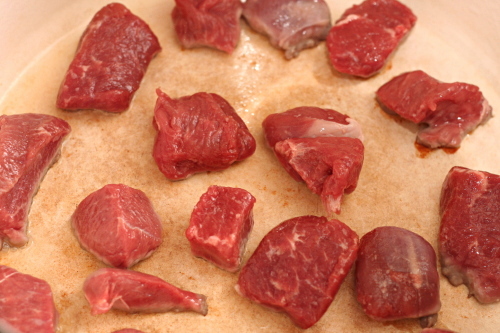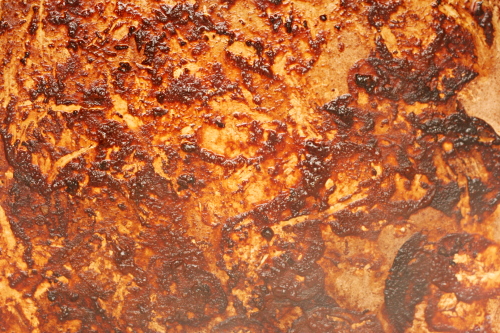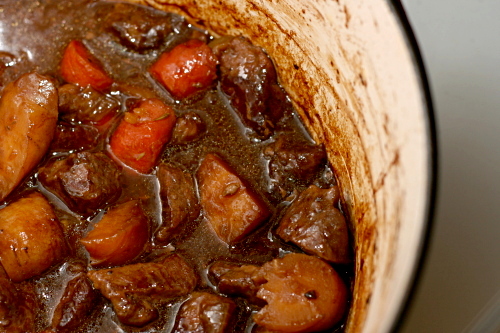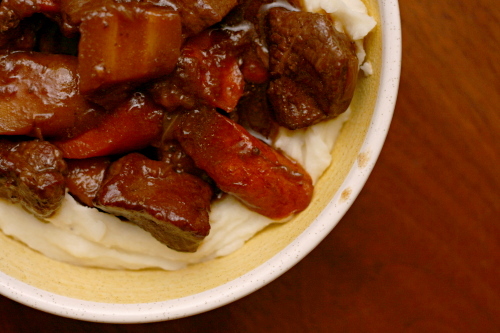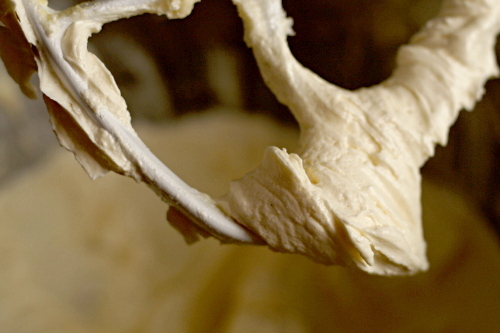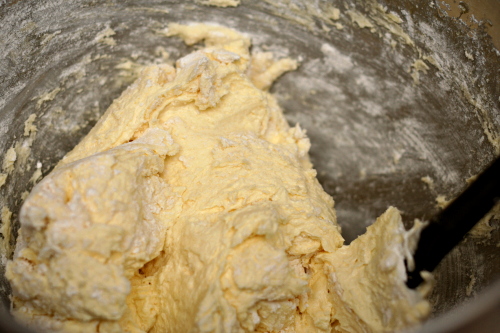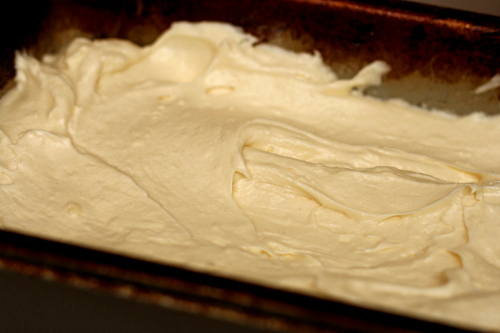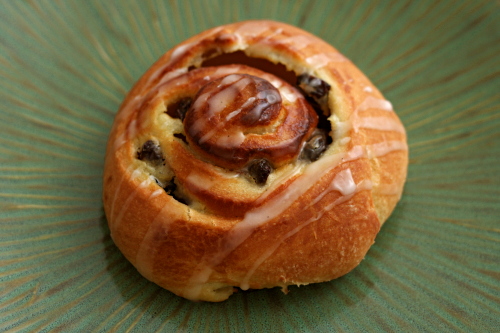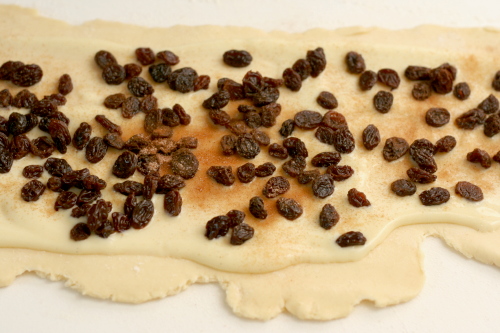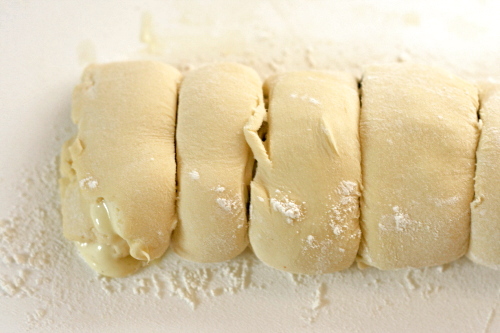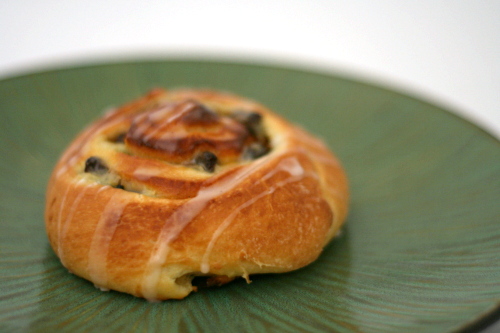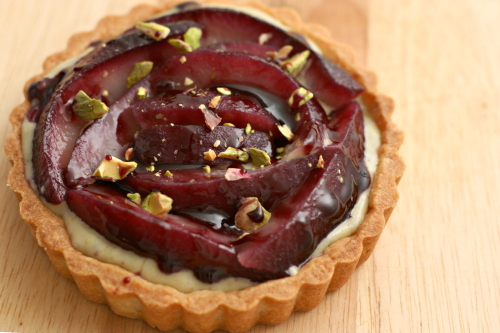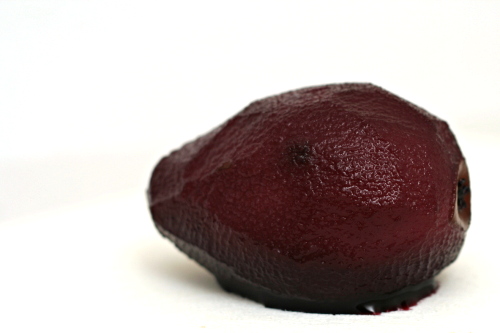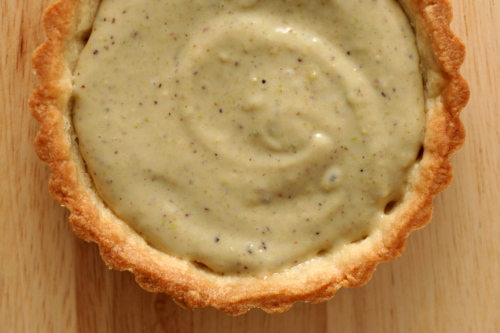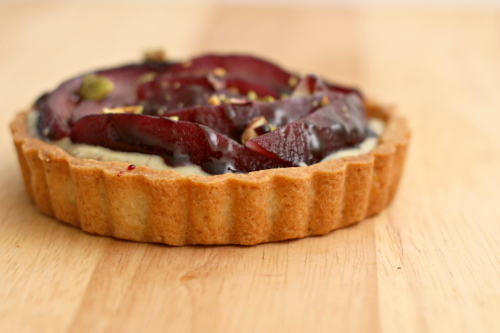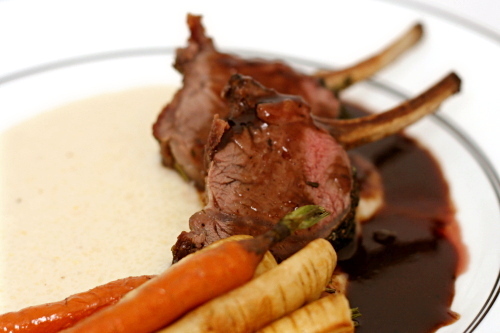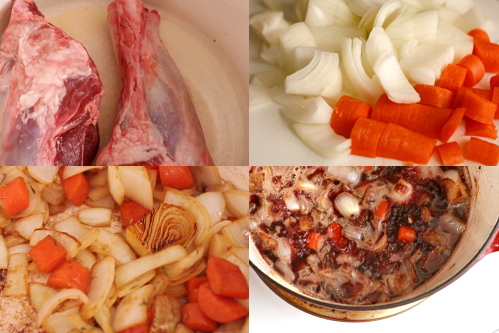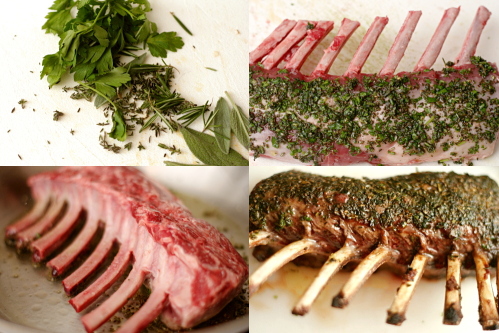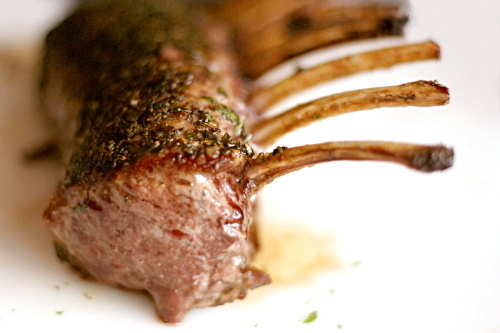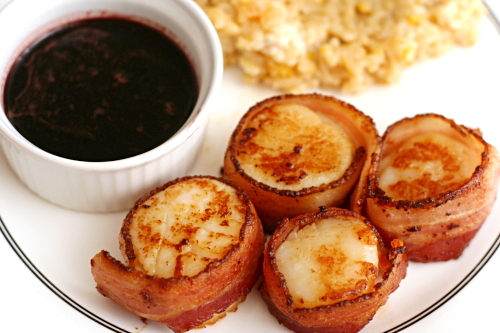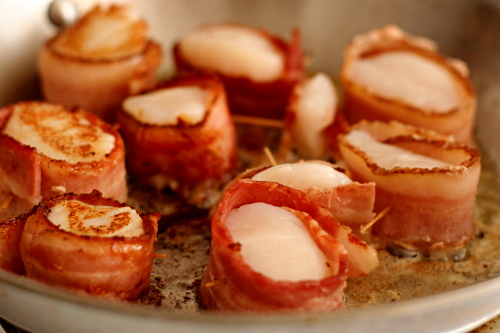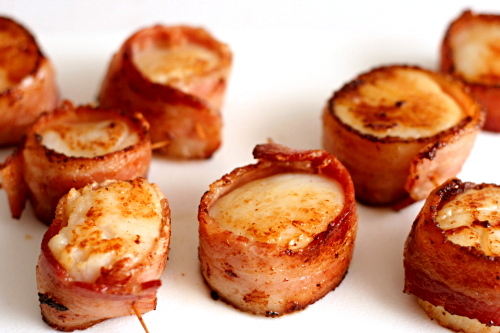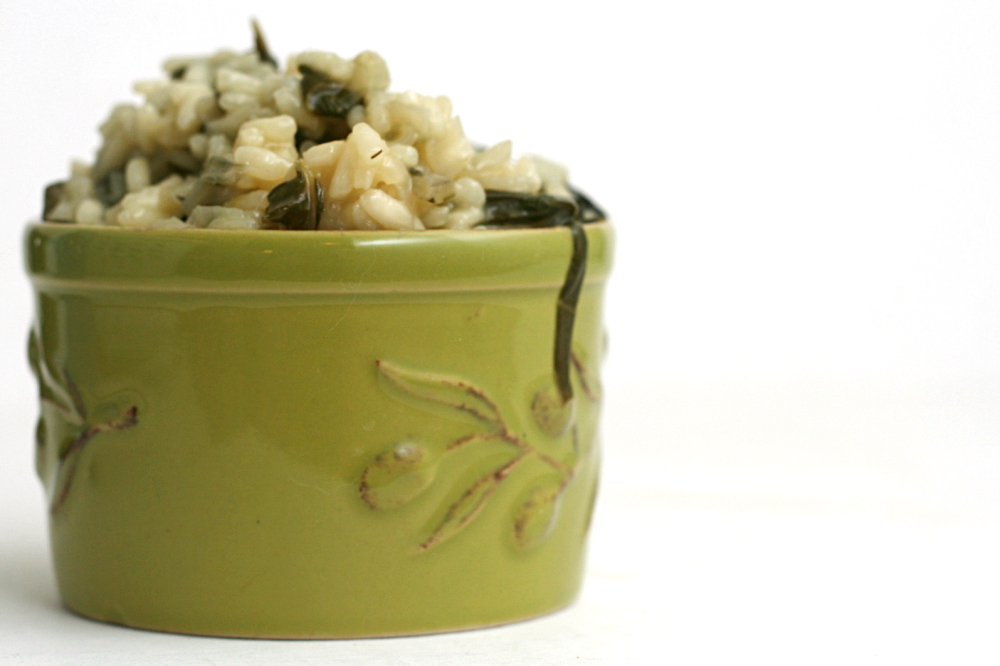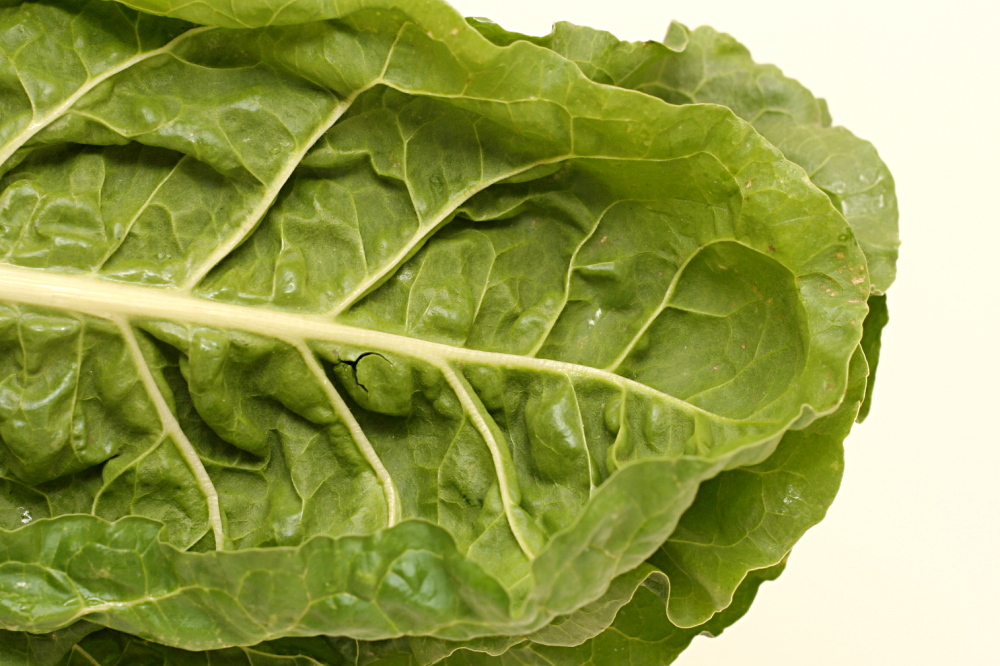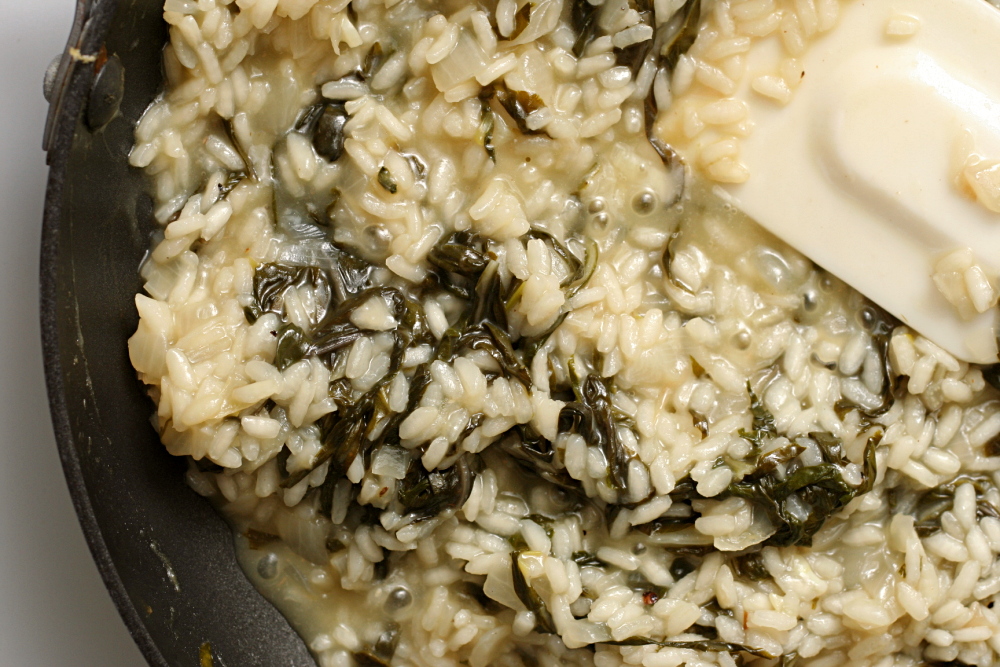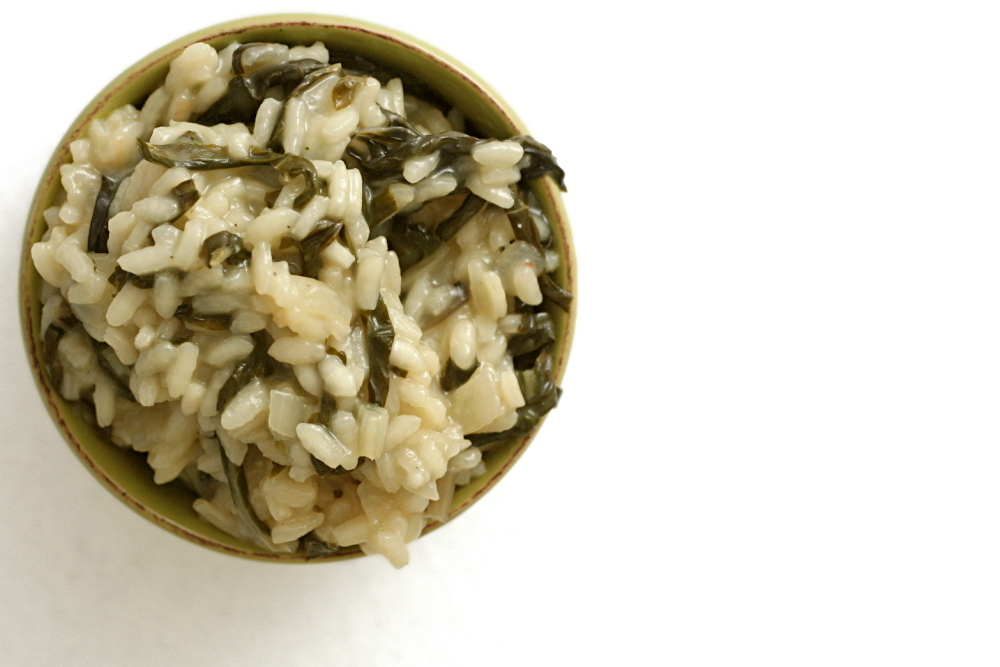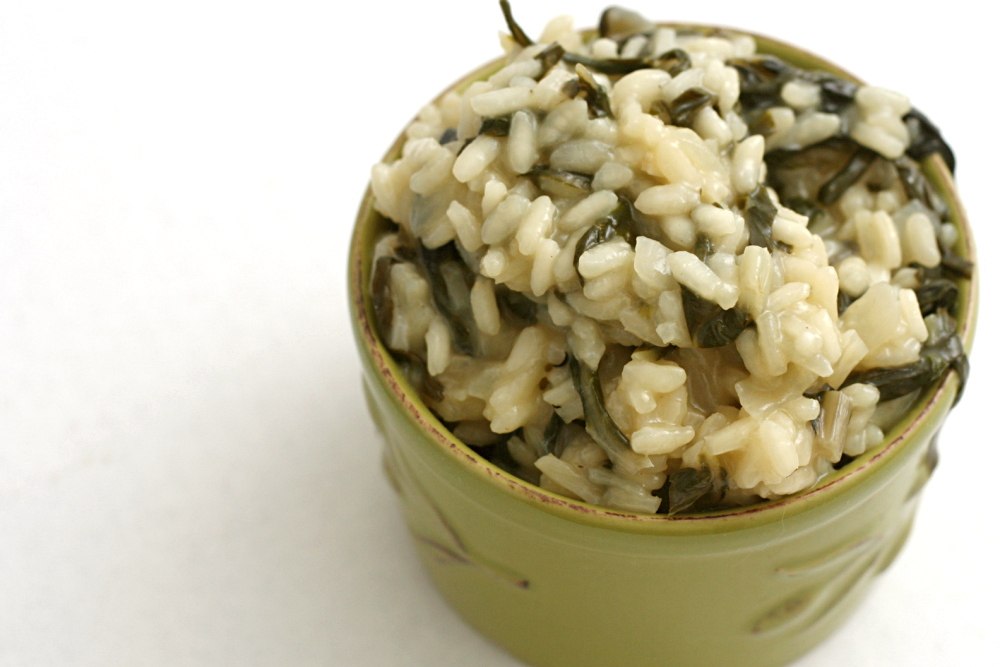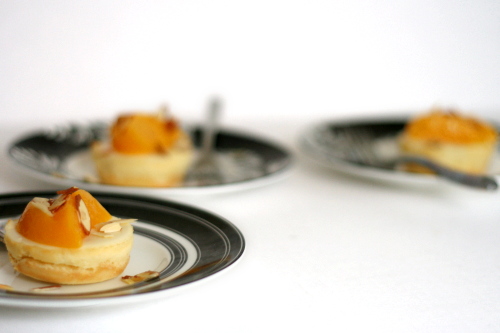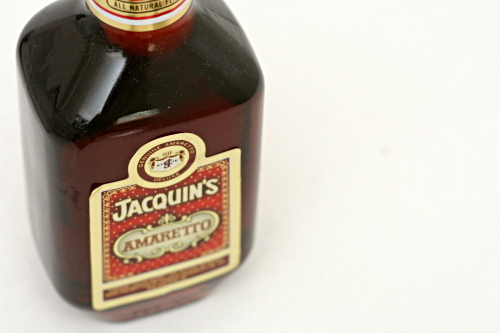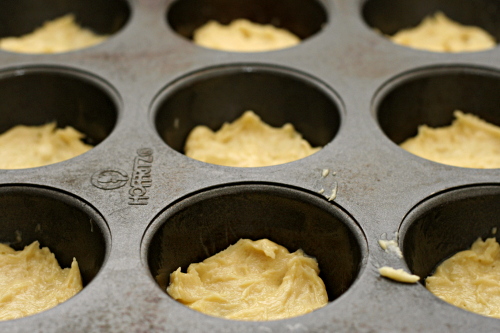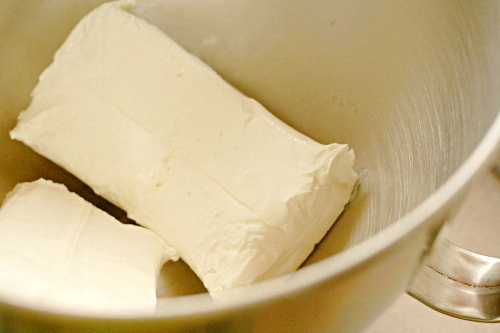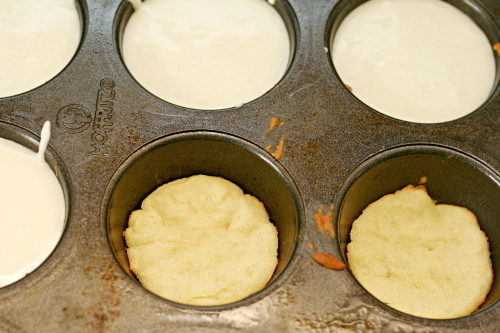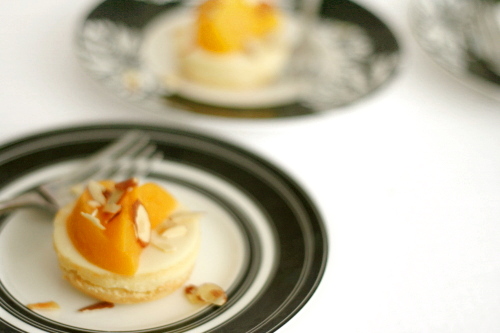Someone brought a rum bundt cake into work last week, and oh my god, was it good. Tender, extremely moist, and intensely rummy, I could hardly resist grabbing one wedge after another. My officemate, who apparently has far better self-control than I, cut herself a piece and set it aside until the end of the day, six or seven hours later. She regretted the wait as soon as she bit into it and realized that, by then, the rest of the cake was gone. Clearly we needed to get the recipe.
It turns out that the recipe is a doctored cake mix, which just proves that of all the types of prepared, processed foods, cake mix is probably the best at imitating, and in some cases perhaps surpassing, the completely homemade version. And although I can hardly believe this cake I had could be improved upon, and I don’t think the chemicals in one boxed cake mix recipe is going to knock me dead, I’m still too stubborn to use a boxed mix.
A web search yielded nothing but that same recipe, cake mix and oil and rum, over and over. I started thinking of what cake recipe of mine I’d adapt to imitate the recipe I was finding, resigning myself to doing some experimenting.
It took me five days to make the connection that I was searching for a from-scratch rum cake, and I was planning to make rum-drenched vanilla cakes over the weekend. I’m not so smart.
My first impression was that Dorie’s cakes weren’t as moist or tender, although they were fluffy and light with plenty of rum flavor. Two days later, the cake had ripened, and its texture was very similar to the one I’d eaten at work. In the future, I might replace the melted butter in the cake with oil, which I think makes cakes moister, but other than that, I think I have my from-scratch rum bundt cake recipe, and I didn’t even have to experiment.
Wendy chose these cakes for Tuesdays with Dorie, and she has the recipe posted. I doubled the salt.
One year ago: Comparison of three white cake recipes
Two years ago: Apple Cheddar Scones
